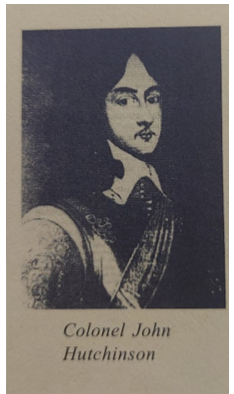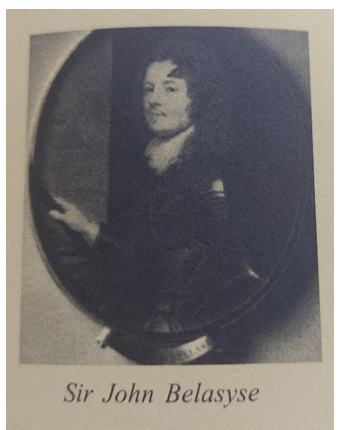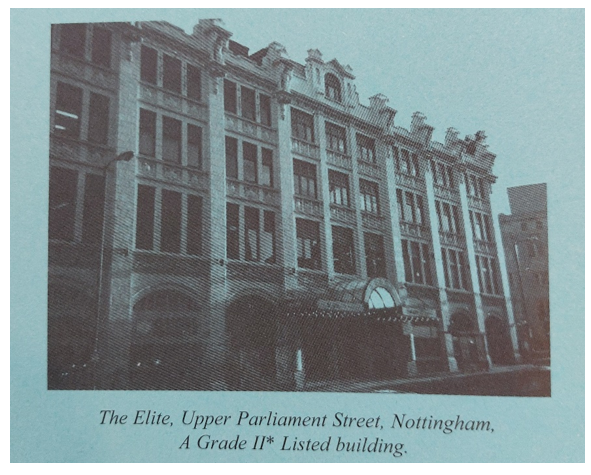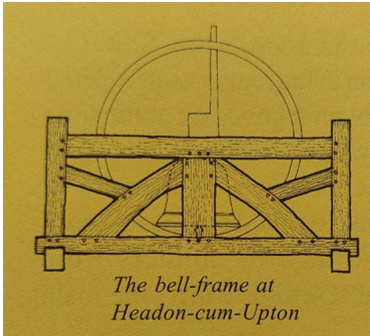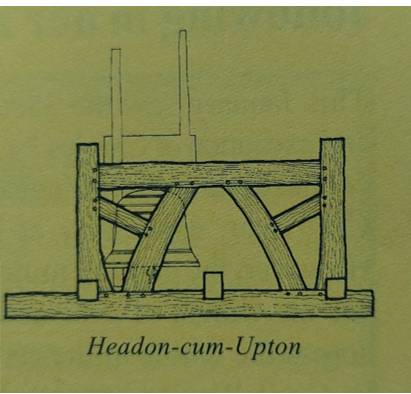International Day for Monuments and Sites 2025
- Posted in:
- Heritage
Today is the International Day for Monument and Sites. To celebrate, we would love to highlight some of the Scheduled Monuments we have across Nottinghamshire.
Scheduled Monuments are protected sites of national significance. Protected under various legislation, these monuments are usually buildings or archaeological sites.
‘Although archaeology and important historic sites are all around us, monuments are added to the Schedule if the Secretary of State considers that they are of national importance and that the protection which comes with scheduling would assist the monument's conservation’ (Historic England).
The list of Scheduled Monuments, known as the National Heritage List for England (or NHLE) is maintained by Historic England and you can find it here.
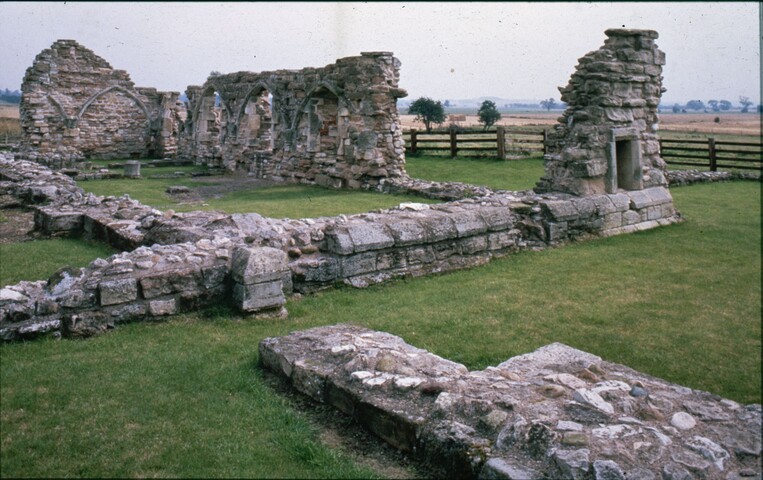
Above: Mattersey Priory
Ashfield: Fishponds 170m south of Damstead Farm. Fishponds, used from the medieval period to breed and cultivate fish, were maintained by a water management system. They were predominantly built by the wealthier echelons of medieval society, with royal estates and monastic sites often hosting large ponds. While the use of fishponds seems to have decreased after the Dissolution of the Monasteries in the first half of the 16th century, the use of these fishponds continued into the 17th century in some areas of the country. This particular monument in Annesley, may be from the 18th century but it could also be earlier in date. It was scheduled as this site provides a well-preserved example of medieval fishponds as well as being unusual in size and how the water management system worked.
Bassetlaw: Bowl barrow, 240m SSE of Woodend Farm. The round barrow at Norton, Cuckney, is of a Bronze Age date. These prehistoric monuments are usually created as earthen or rubble mounds, occasionally with a ditch inclusion, to cover one of more burials. There are roughly 10,000 bowl barrows recorded across England with regional variations in form, however many more likely having been destroyed over time. Despite the area of the barrow at Cuckney being subjected to ploughing, it still remains relatively well-preserved and retains valuable archaeological insights into Bronze Age life.
Bassetlaw: Mattersey Priory Gilbertine Monastery. Founded in the late 12th century, the ruins of this monastery are still present on the site thanks to restoration work in the 20th century. In fact, the monastery is open to the public thanks for English Heritage so if you are looking for an outdoor activity this Easter weekend, we’d definitely recommend a visit (English Heritage)! The monastery was intended for Gilbertine monks, an order which was mainly based in Lincolnshire, but some were spread further afield. As only 29 Gilbertine houses were founded, this rare type of monastery is deemed worthy of being a Scheduled Monument.
Broxtowe: Anglian high cross in the churchyard of St Helen’s Church. This pre-Norman cross in Stapleford is a significant monument for Nottinghamshire. Dated to around 1050 AD, it is a highly decorated stone piece with many references to St Luke, with parts which may have been re-carved within the Anglo-Scandinavian period. These crosses provide valuable insights into early medieval art styles and how they evolved during the period, as well as reflecting on the impact of Scandinavian settlers had on the local culture. Sadly, there are less than 50 of these amazing crosses left in England which makes protecting this one even more important.
Gedling: Bestwood Colliery engine house. This Victorian, 3 storey, winding engine house was built for the Bestwood Iron and Coal company in 1874. This monument helps to provide insight into the technical working of these 19th century winding engines which were important components for many mines at this time. The engine within the engine house is a vertical twin cylinder, non-condensing steam winding engine – an engine that is particularly rare, especially one in situ.
Mansfield: King’s Mill Viaduct. The viaduct, made of sandstone, is part of the original horse-drawn railway from Mansfield Pinsetown. Built in the first half of the 19th century, sadly the viaduct isn’t as used or cared after as it once was so protecting this piece of history is very important.
Newark and Sherwood: Crococalana Roman town. One of the most impressive and valuable sites in Nottinghamshire for the Roman period, Crococalana boasts a fantastic array of finds and building foundations. The town is assumed to have spanned 40 acres but now, no buildings or earthworks are visible in the landscape to show it exists.
Newark and Sherwood: Queen’s Sconce. During the English Civil War (1642-52), earthworks were built up to provide temporary protection for soldiers during military campaigns, or to act as gun emplacements. The series of substantial earthworks known as the Queen’s Sconce are still well-preserved and represents ‘England’s finest remaining example of Civil War military engineering’ (Historic England). It is also believed that this monument contains unusual defensive features like pitfalls which may have been extremely rare according to contemporary sources.
Rushcliffe: St Wilfrid’s Church and churchyard. It is not known when this church in Kinoulton was built but it is recorded that this church was demolished in 1793. A source from the 12th century notes the church of St Wilfrid in Kinoulton so it was certainly existing by the 1100s. The church ruins now lie as earthworks, and buried and standing remains – the area of the church top capped with a series of gravestones. Like most Scheduled Monuments, the remaining ruins of the church are still well-preserved under the ground and can still provide valuable insight into ecclesiastical architecture, nature and use of the church. As well as that, the site allows us to gain a better understanding of economic and religious aspects of local life during the early medieval and medieval periods.
NHLE records for the monuments above:
Fishponds 170m south of Damstead Farm, Annesley - 1018119 | Historic England
Mattersey Priory Gilbertine monastery: monastic precinct., Mattersey - 1012495 | Historic England
Anglian high cross in the churchyard of St Helen's Church, Stapleford - 1012870 | Historic England
Bestwood Colliery engine house, Bestwood Village - 1017653 | Historic England
King's Mill viaduct, Non Civil Parish - 1006374 | Historic England
Crococalana Roman town, Collingham - 1003479 | Historic England
Queen's Sconce, Newark - 1016150 | Historic England
St Wilfrid's Church and churchyard, Kinoulton - 1019493 | Historic England
